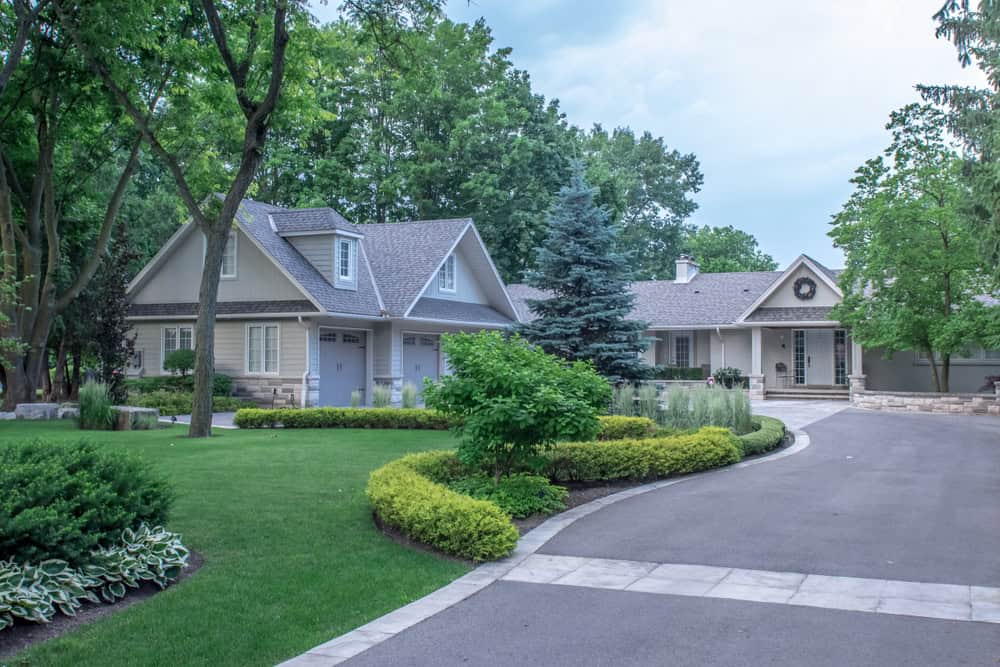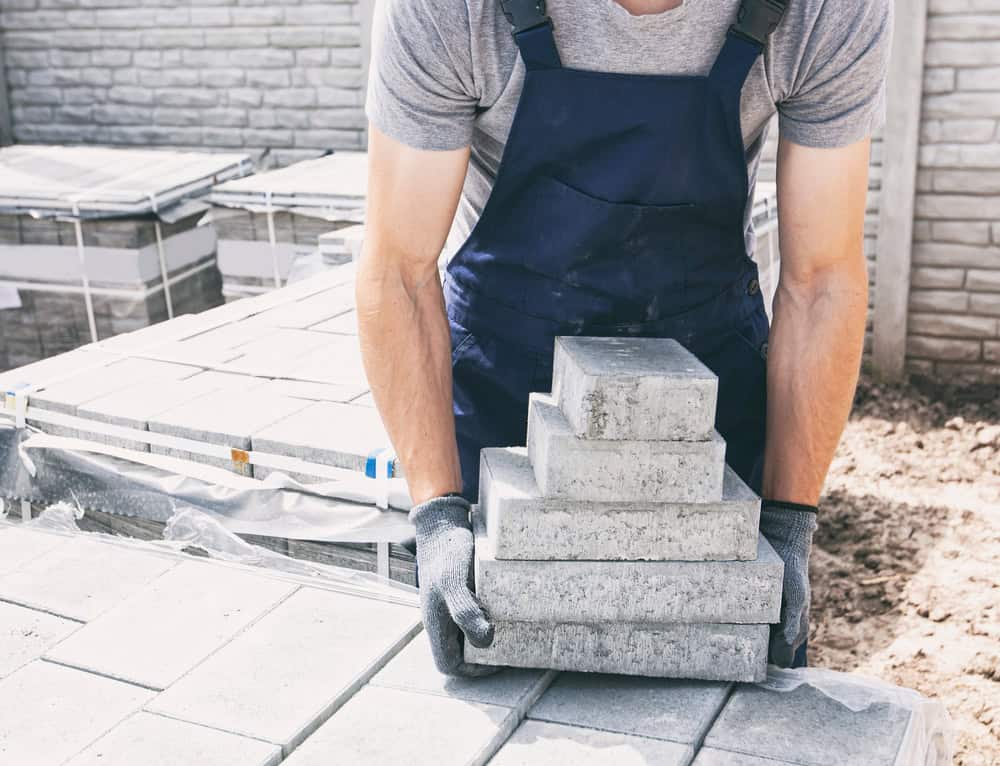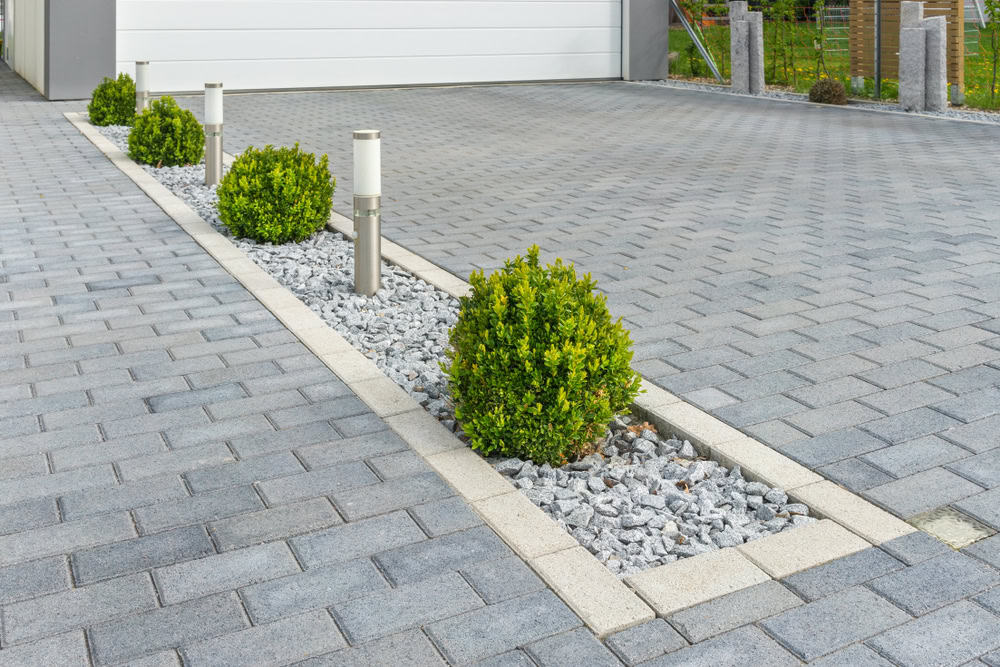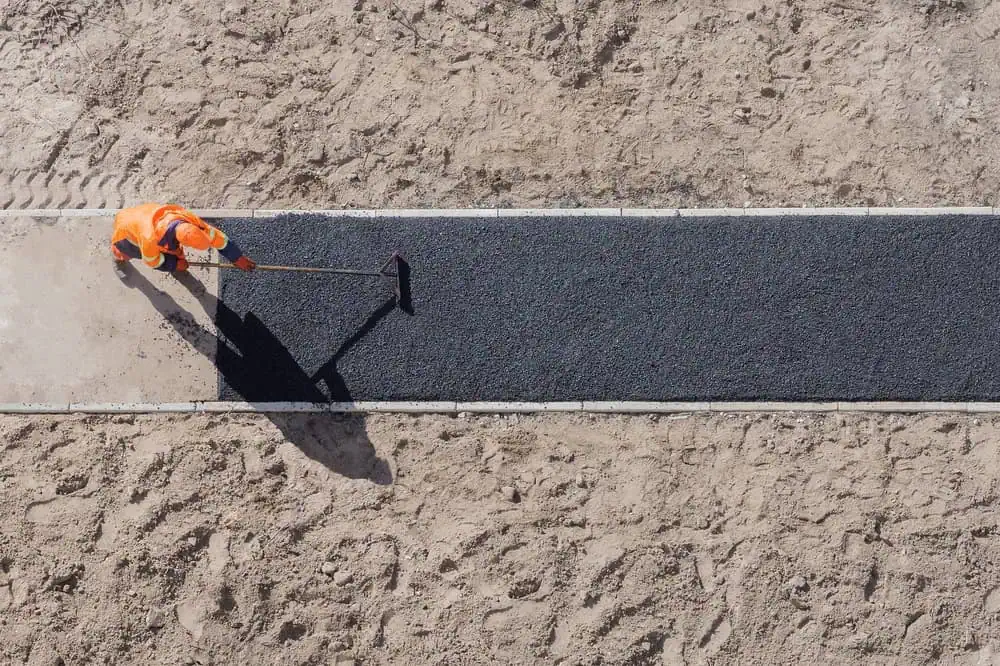Professional paver installation that enhances your property value and creates the outdoor living space you actually want to use.


You want an outdoor space that looks great year after year without the constant maintenance headaches. That’s exactly what professional paver installation delivers.
When pavers are installed correctly, they handle New England’s freeze-thaw cycles without cracking like concrete does. They drain properly so you’re not dealing with ice patches every winter. And when one does need replacement years down the road, you replace just that paver instead of tearing up an entire section.
Your property value increases immediately, but more importantly, you get an outdoor space you’ll actually use. Whether that’s a patio for entertaining, a driveway that doesn’t embarrass you, or walkways that are safe year-round.
Academy Masonry has been handling paver installations throughout the Wayland area for years. We understand local soil conditions, drainage challenges, and what materials actually hold up in Massachusetts weather.
You won’t find us starting three projects at once and leaving yours half-finished. We take on projects we can complete properly, with the right base preparation and attention to detail that prevent problems later.
Our work speaks for itself in neighborhoods throughout Wayland, where homeowners chose us because they wanted it done right the first time.

The difference between pavers that last and pavers that fail comes down to what happens before you see a single stone placed. We start with proper excavation and base preparation because that’s what prevents settling and shifting later.
Next comes the base material, properly compacted in lifts to create a stable foundation. Then we install edge restraints that most DIY projects skip, but which keep everything locked in place. Only then do we start laying pavers, checking levels and spacing as we go.
The final step is joint sand and compaction, which locks everything together into one solid surface. When we’re done, you have a paver installation that will handle whatever New England weather throws at it.

Ready to get started?
Every paver installation includes proper site preparation, which means excavating to the right depth and dealing with any drainage issues before they become problems. You get quality base materials, properly installed edge restraints, and pavers laid to manufacturer specifications.
We handle the details that matter, like ensuring proper slope for drainage and using polymeric sand that won’t wash out. Your installation includes cleanup and a walkthrough so you understand how to maintain your new pavers.
Wayland’s clay soil and seasonal weather changes require specific installation techniques. We adjust our methods based on your specific site conditions, whether that’s dealing with existing drainage issues or working around mature trees that you want to keep.

Local Resources